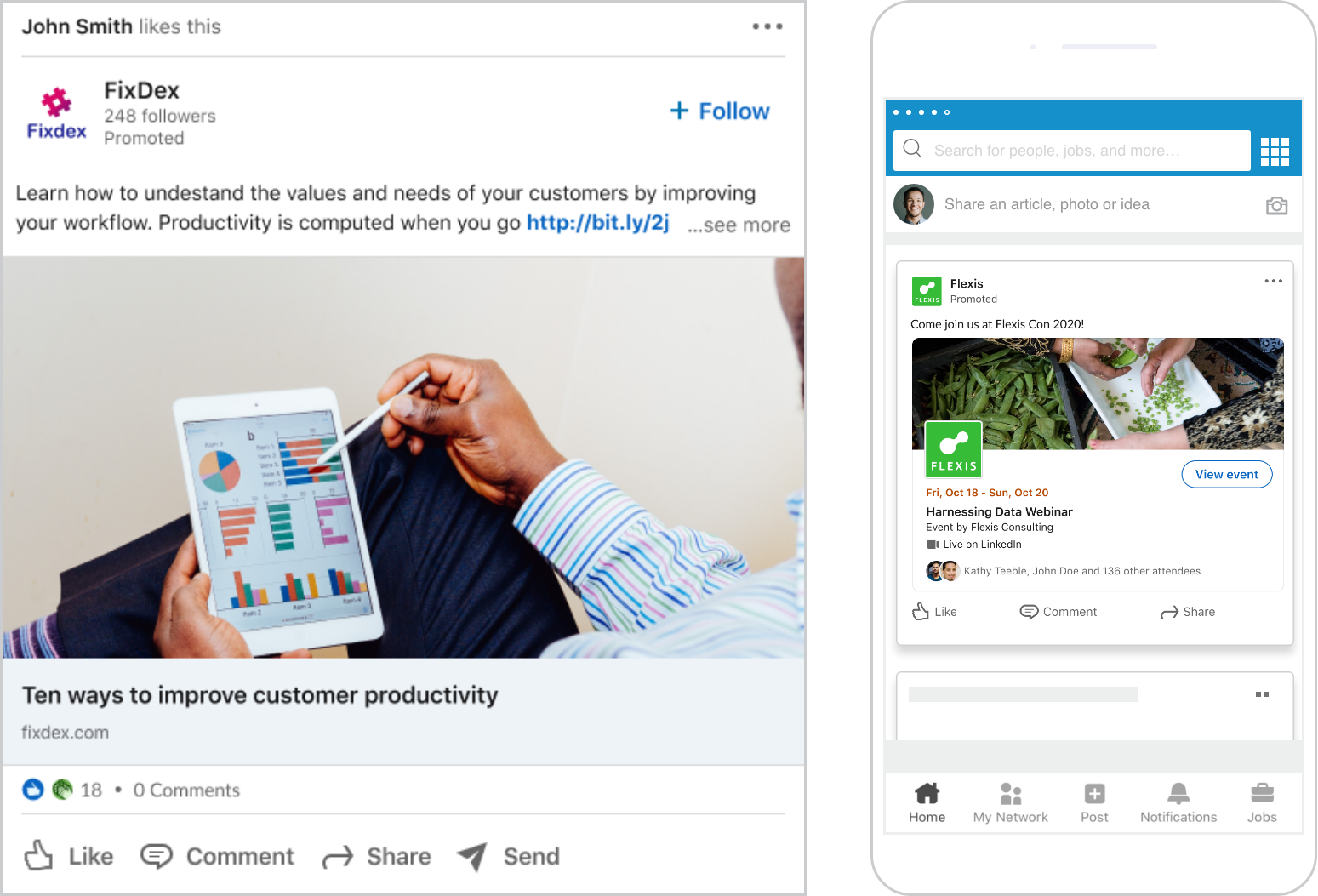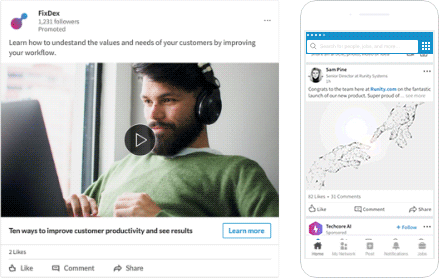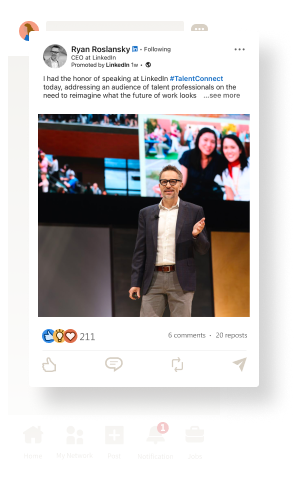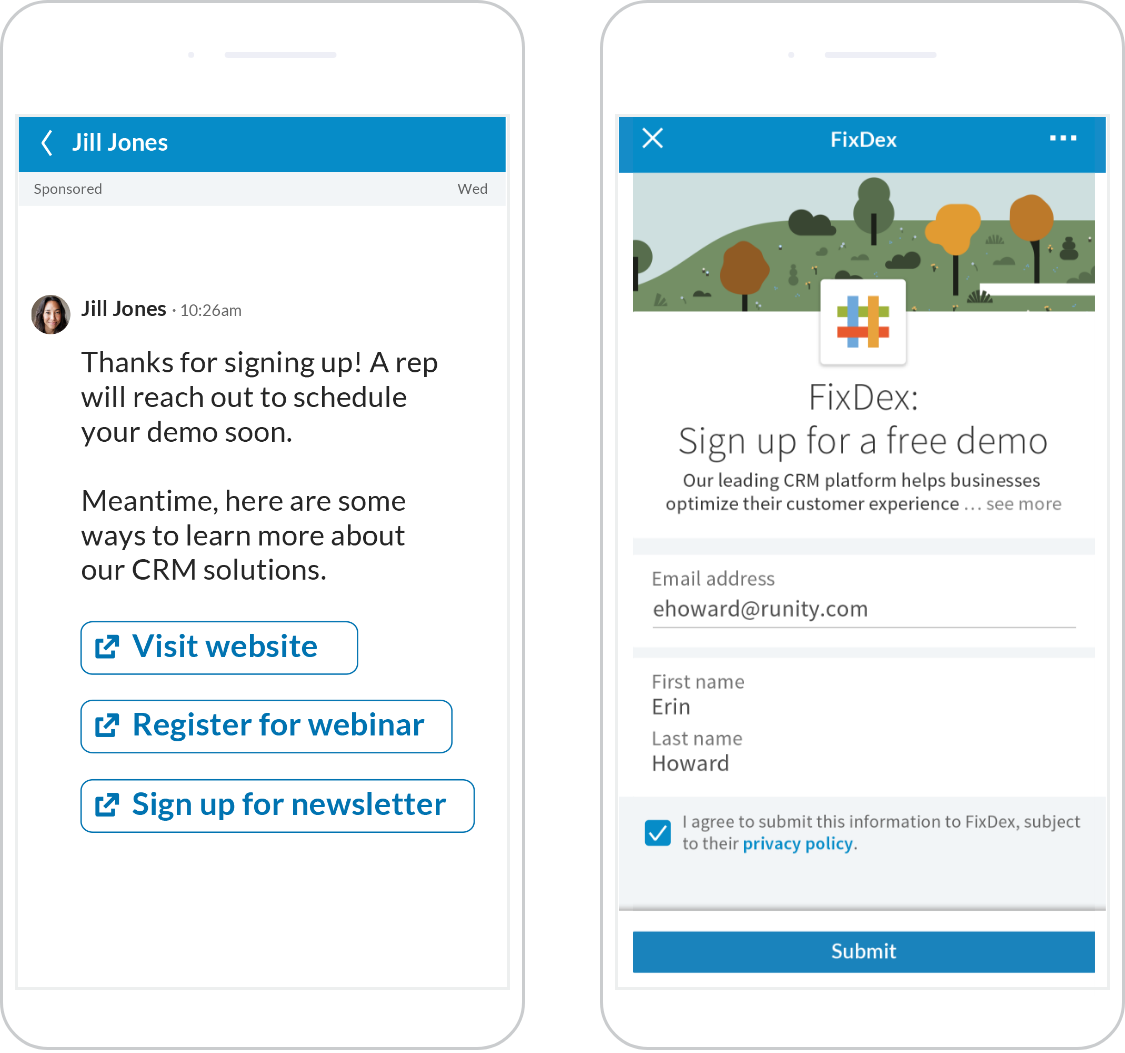What’s the best PPC management pricing model for your business?
A PPC agency takes the time-consuming task of optimizing your account and maximizing ad spend off your plate.
For many small businesses, the average PPC management fee, which runs between $250 to over $2,000 per month or billing cycle, is a well-earned ROI.
After all, PPC management costs not only cover an agency’s operational expenses but motivate certified PPC managers to surpass and exceed their clients’ KPI goals.
The bad news? PPC agency pricing models can be confusing as they vary by company, service packages, monthly fees, and more.
That’s why I’ll give you a quick rundown of the six most popular PPC management pricing options in this guide, including the benefits and drawbacks of each.
PPC Management Pricing: Pros and Cons of PPC Agency Pricing Models
There are six popular pricing models PPC agencies tend to favor:
#1. The Flat Fee
Consider the flat fee like paying a retainer to a PPC agency. You’ll be charged an agreed-upon sum each month, and your agency will work on your PPC account.
Benefits
- Predictable invoices. You’ll know exactly how much you’ll be spending on your PPC management costs because they’ll always be the same month-to-month.
- Consistent work on your account. Agencies with retainers always have someone working on your campaigns so they’re not ignored.
Drawbacks
- Low accountability. The flat fee doesn’t show you how many hours someone’s actually putting into your account. Your account may get stagnant on a set-and-forget track.
- May limit growth. If your account performs well, your PPC agency may require an increase in their flat fee to justify the extra work it will demand. Or they could limit performance to stay within your budget. Neither is desirable.
#2. The Hourly Rate
When a PPC agency charges by the hour, PPC managers will work on your account for a set number of hours each billing cycle.
Benefits
- Dedicated billable hours. Your account won’t be ignored or only worked on for a few minutes once a month like the risk flat-fee pricing brings.
- Control campaign size and regulate invoices. With only a set number of hours PPC managers can work with, your budget won’t balloon out of control, and you won’t get surprised by huge invoices.
Drawbacks
- May not see a correlation between billable hours and success. Sometimes optimizing a single landing page eats a massive chunk out of your billable hours allotment, leaving no room for other campaign-drivers.
- Potential for wasted hours/money. What happens when A/B testing shows the original performed much better? Your company’s still on the hook for paying for those “wasted” hours without any ROI.
- It doesn’t reward efficiency. If an agency knows they’ll be working a set number of hours each billing cycle, they may drag out tasks instead of quickly turning them around.
#3. Percentage of Ad Spend
Many PPC agencies charge a percentage of your total monthly ad spend to manage your account. The average PPC management fee, in this case, ranges between 15% and 25% of your budget.
Benefits
- Scalable growth and predictable invoices. As your budget increases, so does the amount of work a PPC manager will need to perform to generate new leads and manage larger campaigns. Since their fee is tied to and scales with your budget, you’ll get to skip rate negotiations and simply perform a quick calculation anytime you want to increase or decrease spending.
Drawbacks
- May require an account minimum. Since payment depends on your budget, an agency may need a minimum account value to cover its operational costs.
- No incentive for optimizing your budget. An effective PPC manager could slash your cost-per-conversion and boost your spending budget. But this doesn’t earn the PPC agency any more money since their fee is directly tied to your budget.
#4. Hybrid: Management Fee + Percentage of Ad Spend
Hybrid pricing models charge a flat monthly management fee (like option #1) and a smaller percentage of your total ad spend (like option #3).
Benefits
- More control of your spending budget. You never know what a PPC agency may do with your budget if you’re paying a flat or hourly rate. In this case, the flat management fee takes care of operational expenses and tedious tasks like weekly reports. These billable chores won’t eat into your dedicated PPC budget, which may be beneficial for your metrics.
Drawbacks
- It may take longer to see results. The agency will always make their cut, even if your campaigns don’t do well. So you need a clear understanding of your goals and KPIs so you can track ROI and ROAS metrics.
#5. Performance-Based Pricing (Charge By Lead)
PPC agencies on performance-based pricing models leverage their expertise and work their magic to generate leads for your business. Then, they essentially charge you for those leads.
Benefits
- Boosts lead volume. PPC agencies in this model only earn revenue when they acquire leads for your business. So to make money, PPC managers focus on boosting one KPI specifically: your lead volume.
- Incentivizes high performance. PPC agencies earn more revenue the more leads they bring in, adding incentives for hardworking PPC managers to grow your account. Their lead-generating tactics may even widen your audience reach.
Drawbacks
- You may still pay a PPC management fee, especially if you’re starting from scratch. There’s lots of work to be done on the front-end before you can start generating revenue to sustain your PPC team. Once it brings money in, your management fee may lessen or disappear.
- Unpredictable invoices. High-performing campaigns rake in more leads, so they’ll earn the PPC agency more revenue. The more you make, the more you may need to shell out in lead fees. Be prepared for rollercoaster invoicing.
- Potential for low-quality leads. If your PPC agency only pays attention to monthly lead volume, you won’t have any other KPIs to judge their performance. These leads could turn into sales, or they could go nowhere. Low-quality leads will sink your ROI.
- May tank your sales team. If your PPC agency sends boatloads of crummy leads to your sales team, they’ll burn through their resources barking up the wrong trees. This could topple successful sales processes through no fault of your employees.
#6. Milestone-Based Pricing
Milestone-based pricing widens the expectations of performance-based pricing by giving both your company and your PPC agency common goals.
During onboarding, you’ll set up custom milestones your PPC agency will need to reach in a designated time frame. You’ll also lay out the specific KPIs you want monitored and improved.
Your PPC agency earns their keep once they reach those milestone goals — and they’ll score bonuses for surpassing them too.
Benefits
- Teamwork makes for robust growth. Setting clear expectations during the onboarding process gives everyone on your team and your PPC agency a clear understanding of your goals and where you want to be.
- Greater accountability. Rather than concentrating on lead volume only, you’ll get to monitor important KPIs like CTR, CPC, and other vital data for your campaigns. These will show what needs further optimizing. You’ll also notice a clear ROI (or lack thereof).
Drawbacks
- Longer onboarding process. Because you’ll be using your KPIs to set pricing, establishing an understanding of how you want them to improve can be time-consuming. But it’s required to make sure you’re both in agreement about where you want to see growth and how to track performance.
- Difficult to price performance. Will your PPC agency charge more for conversions than simple leads? Will leads from different channels cost the same? Is there a seasonal element to your wins/losses that needs to be accounted for? It can be challenging to price the agency’s performance. So make sure you understand how success correlates with pricing on every metric level.
- The price and scope of work must evolve as your business grows. You’ll need to revisit the onboarding process and lay out brand new milestones and KPIs for your PPC agency as you grow and these goals change.
- Bonus fees for surpassing milestones. If PPC agencies exceed the KPIs and goals set, they have the potential to earn bonuses, which could create unpredictable invoices.
What’s the Best PPC Management Pricing Model for Your Business?
Choosing the best PPC agency pricing model has everything to do with your company’s goals. That’s why it’s crucial to partner with a PPC agency that works hard to understand your current dilemmas and figures out ways to solve them.
This may take more than charging a basic PPC management fee each month. And it may require a detailed onboarding process and regular performance-tracking check-ins.
But the ROI will be well worth the spend and effort.
So is your business ready to dominate search engine market share and make more money?
At Digital Elevator, we’ll help you build your brand, increase sales/leads, and discuss your best options for success. Schedule a discovery call today!






